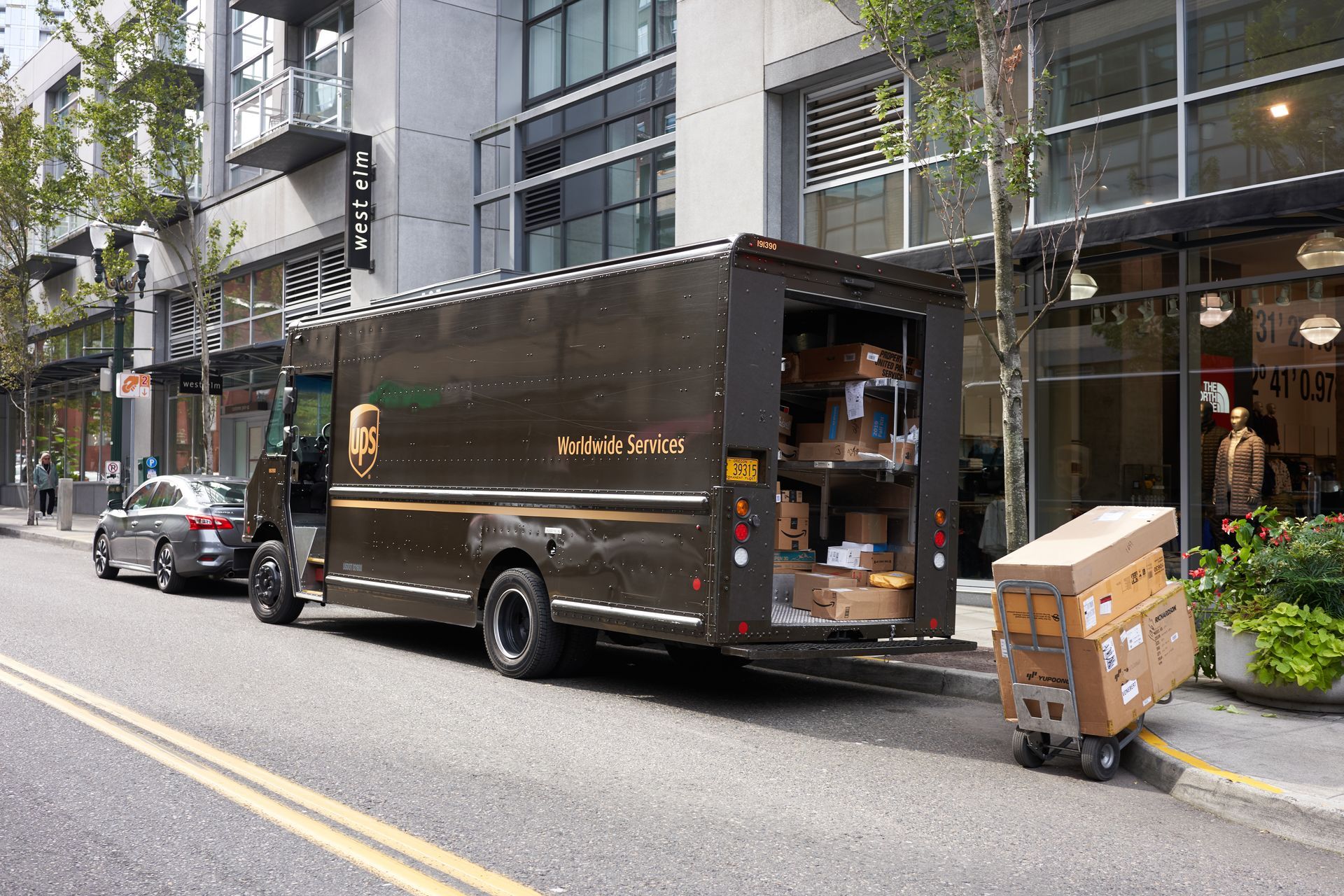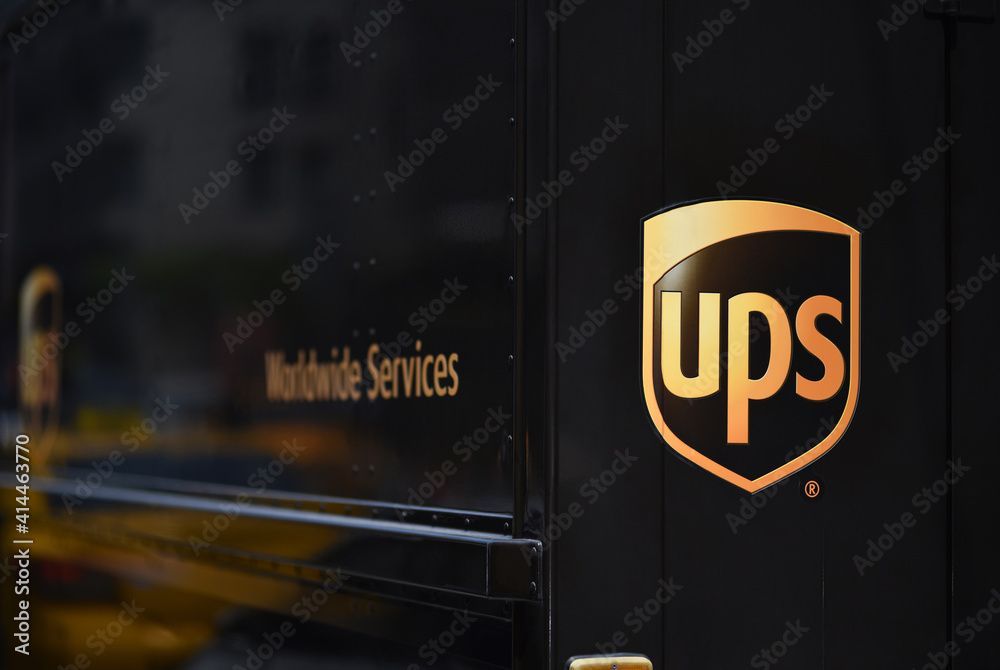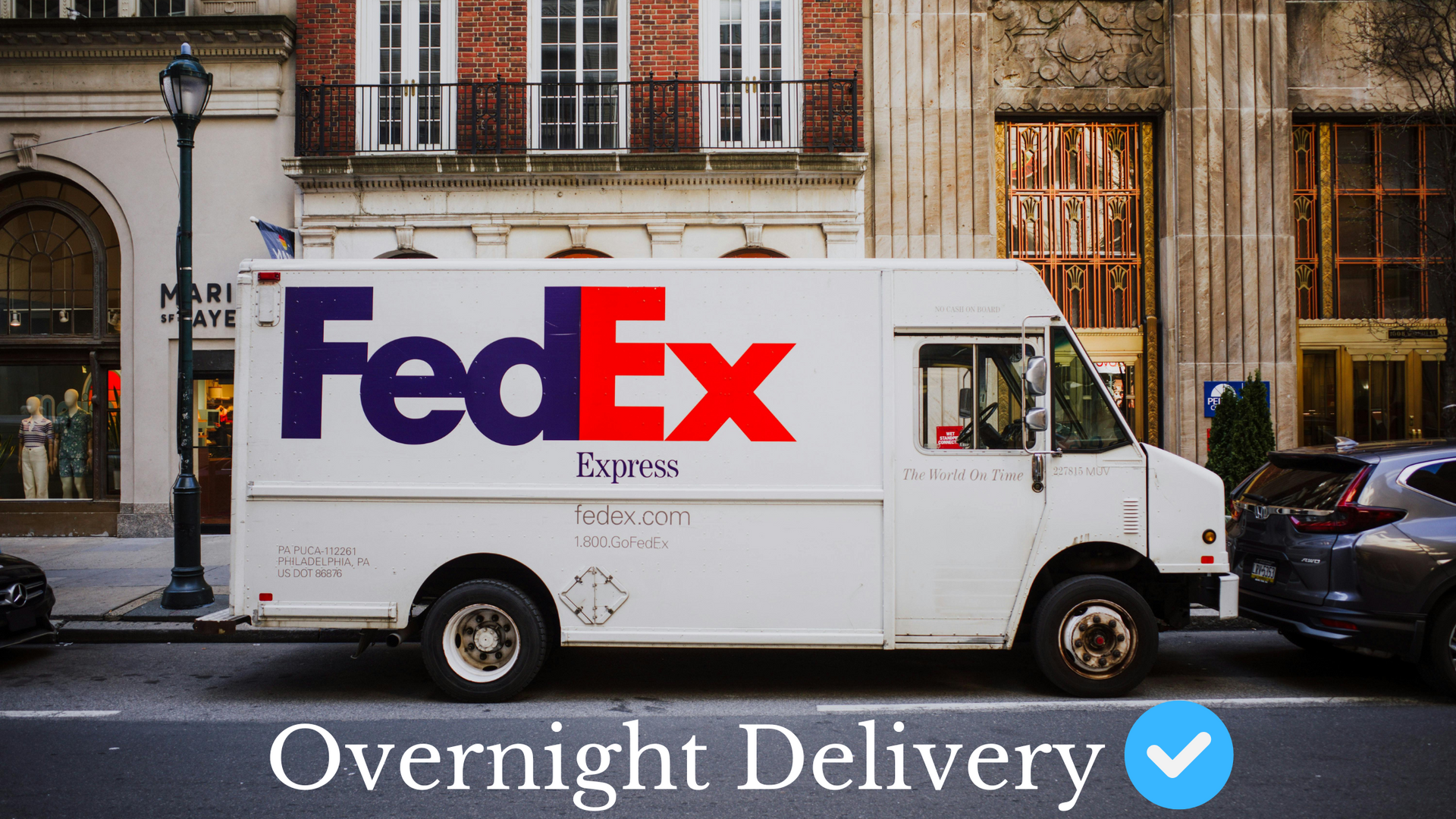Parcel Contract Negotiation Strategies For E-Commerce Businesses
E-commerce shipping costs can quickly skyrocket. A successful
contract negotiation
strategy can save a business money while improving service quality.
An effective parcel contract negotiations strategy begins by understanding your shipping profile, such as annual volume, average package weight/dimensions/dimensions and destination zones. Payment terms and termination fees should also be taken into consideration.
Price
Many e-commerce businesses assume high shipping costs that are unavoidable; however, effective parcel contract negotiation can help cut expenses and improve service quality. Achieving an advantageous carrier contract requires thorough preparation, market insight, and strategic negotiation tactics - though this process can take time and patience - it's crucial that businesses stay informed about market changes as necessary, and are open to renegotiation opportunities as required.
Rates and discounts play a pivotal role in parcel contract negotiations. Reducing residential delivery surcharge rates, securing revenue-based incentives, and demanding caps on accessory charges can significantly lower shipping expenses; while negotiating base rate discounts could give your business the leverage it needs to secure an optimal agreement.
To ensure you're optimizing your savings, it's crucial to gain an in-depth knowledge of your shipping data and how each carrier calculates pricing tiers. By using Mindful Logistics Intelligence's shipping analytics solution, you can get a clear view of your profile and identify opportunities to negotiate for better rates before using this data to monitor contract performance and optimize it as your needs change. Read more on How to Prepare Your E-Commerce Store for Hikes in Holiday Shipping.
Service
When it comes to the shipping costs of your e-commerce business, negotiating contracts that provide cost-effective service quality while remaining cost effective is of the utmost importance - especially since shipping expenses tend to represent one of the primary operating expenses for most businesses.
An effective parcel contract should include discounts and surcharges as well as service commitments that meet specific revenue or volume thresholds, with tiers that reward you when reaching these thresholds - all of which can reduce shipping costs while improving the bottom line.
Negotiation of parcel contracts also offers opportunities to lower shipping costs while passing those savings onto customers. Peak surcharges, which are flat fees added onto base rates during high-volume times such as holidays or summer, can be reduced through negotiations and saved money can be passed onto them directly from shipping carriers.
Utilizing data to negotiate parcel contracts effectively is key. Third-party experts are invaluable resources that can support and represent your online retailer throughout this process, offering expertise that analyzes your data, makes recommendations and negotiates directly with carrier representatives so you get the ideal shipping agreement for your company.
Convenience
Successful carrier contracts can help provide stability and flexibility to your e-commerce business, but navigating their complexity may prove challenging without expert guidance and representation. Working with third-party experts during contract negotiation processes can ensure your shipping operation achieves an agreement which maximizes both cost savings and performance benefits.
As part of your negotiation process, it is vital to keep an eye out for hidden fees and surcharges that could add up over time and impact your bottom line. Reducing residential delivery surcharges as well as capping accessorial charges such as package size divisor and weight pricing could drastically lower overall contract costs.
An excellent parcel contract can give you rebates when reaching certain volume thresholds, enabling significant discounts off published rates. Therefore, it is crucial that you regularly review your contract to make sure you're taking full advantage of all its perks - using shipping management solutions such as Sifted Logistics Intelligence can assist with tracking it and finding opportunities for savings.
Flexibility
Companies need flexibility when it comes to shipping costs. This is especially essential in an ever-evolving e-commerce landscape where carrier contracts may become misaligned with business goals and service levels; but with some simple steps taken beforehand this can be avoided.
Begin with an extensive contract review. Carefully assess your shipping data, current contract terms and needs before seeking professional assistance to benchmark rates and identify optimization opportunities. Doing this will give you the power to negotiate solutions that truly benefit your business operations.
As well as rate negotiations, businesses can reduce unforeseen fees by identifying their unique ecommerce requirements. This may include delivery guarantee terms, special handling requirements, packaging preferences, insurance coverage or any additional value-added services they might need. Once identified, these needs can be negotiated for cost savings and improved customer satisfaction. Ultimately, parcel contract negotiation aims to form strategic relationships between carriers that support growth and business success; in order to do this effectively businesses must invest the time and energy to optimize shipping rates and conditions to reach this goal.
Time
At this stage, shipper and carrier negotiate shipping rates and terms. Both parties share perspectives in order to gain insight into one another's experiences and avoid miscommunication during negotiation processes. These discussions also help create strong bonds between businesses and their carriers.
Establishing fair rates and locking them into your contract are the keys to reducing shipping costs. This requires reviewing shipping data reports, shopping around for rates and waiting on carrier approval for special rates - these steps may take weeks, but their rewards could save 15-20 percent off your shipping expenses!
Beyond base rate discounts, businesses can negotiate residential delivery surcharge discounts, caps on accessorial charges and bundling services to lower additional fees that add up over time. Establishing service level requirements like guaranteed delivery times or special services helps set the bar for exceptional customer experiences. Finally, securing termination language ensures both parties can exit without incurring fees or penalties, an important feature for businesses that anticipate growth while wanting to avoid being locked into costly agreements that do not match up to their needs.
Let Mindful Logistics guide you through the complexity of
Parcel Contract Negotiations.
Ready to work with Mindful Logtistics?
Let's connect! We’re here to help.
Send us a message and we’ll be in touch.
Or give us a call today at (919) 368-6169
Agency Contact Form
More Info on Shipping and Saving




